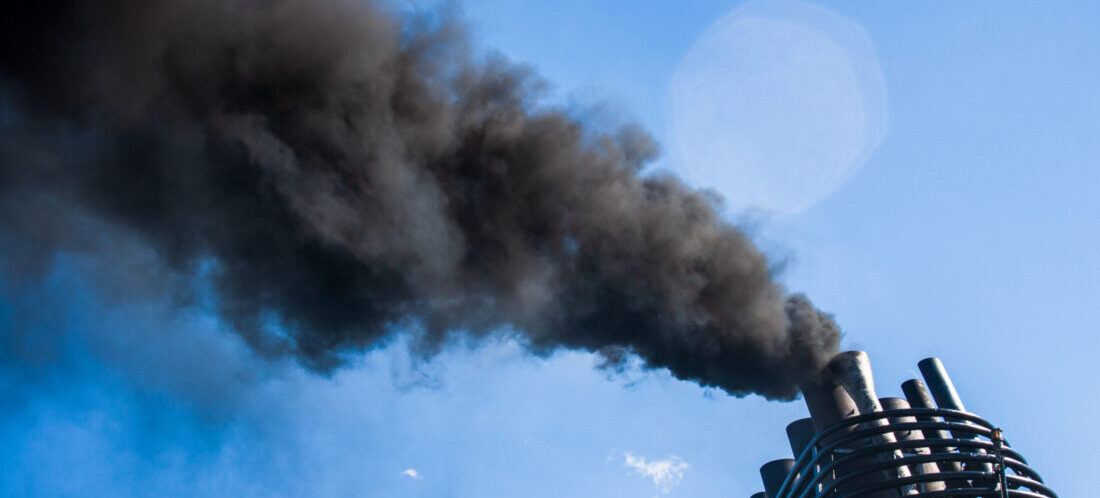
IMO moves closer to carbon levy
Oct, 08, 2024 Posted by Gabriel MalheirosWeek 202440
The Marine Environment Protection Committee (MEPC) meeting at the headquarters of the International Maritime Organization (IMO) concluded on Friday whittling the proposals for mid-term policy measures capable of driving an energy transition in international shipping down to just three options, with a likely greenhouse gas (GHG) reduction pathway selected next year.
According to a readout from London’s UCL Energy Institute, the three main options on the table are a flexibility mechanism on its own and no levy/universal price on GHG, a feebate mechanism associated with a levy/universal price on GHG, and a feebate mechanism combined with a flexibility mechanism.
Sources tell Splash that a majority of member states are now in favour of a levy, something also picked up by UCL Energy Institute.
Dr Tristan Smith from UCL commented: “Member states looking to the levy for support for a just and equitable transition should be optimistic based on this meeting. They will also have to be patient – there is still a lot of work to be done before approval at MEPC 83 in April 2025.”
Delaine McCullough, president of the Clean Shipping Coalition, said: “While we saw encouraging signs of a rapidly growing number of IMO member states coming together around the universal GHG emission levy, including efforts by states to combine several options into one, there is a disturbing lack of progress on making the hard choices. Nowhere is this more problematic than the lack of urgency we are seeing around strengthening the energy efficiency measure. To be clear: failure to maximise the efficiency of the sector immediately will put the goal of cutting emissions by 30% by 2030 completely out of reach.”
Other topics discussed at MEPC last week included wide-ranging debate on the shortfalls of the Carbon Intensity Indicator (CII) and the Energy Efficiency Existing Ship Index (EEXI).
Among last week’s confirmed important agreed milestones was an agreement to adopt key amendments to MARPOL Annex VI, designating the Canadian Arctic and Norwegian Sea as emission control areas (ECAs) for nitrogen oxides, sulphur oxides, and particulate matter.
Source: Splash247
-
Grains
Oct, 18, 2022
0
Wheat exports in Argentina deplete, Brazilian sales grow
-
Grains
Mar, 28, 2024
0
Argentina Set to Reclaim Top Spot in Soybean Meal Exports, Rosario Exchange Predicts
-
Other Logistics
Jun, 13, 2024
0
Construction of state railway responsible for 62% of infrastructure jobs in Mato Grosso
-
Ports and Terminals
Aug, 26, 2022
0
Port of Santos YTD throughput rises 7.3% to 95.5m tonnes


